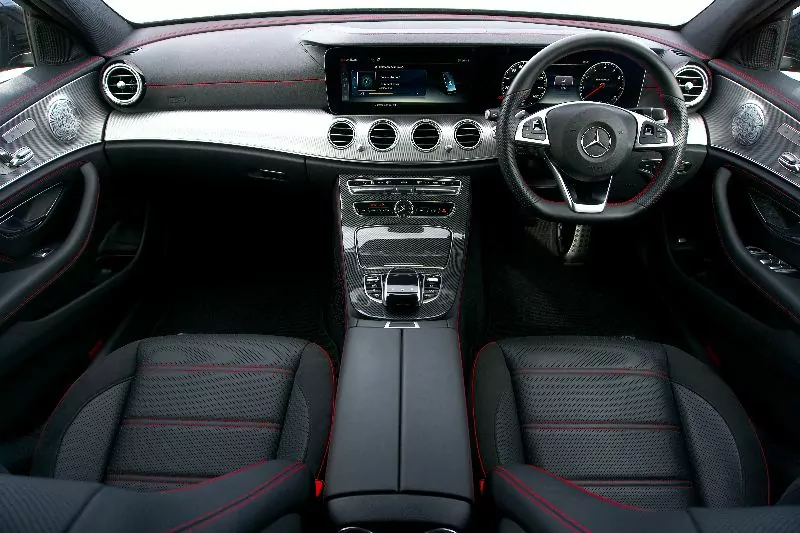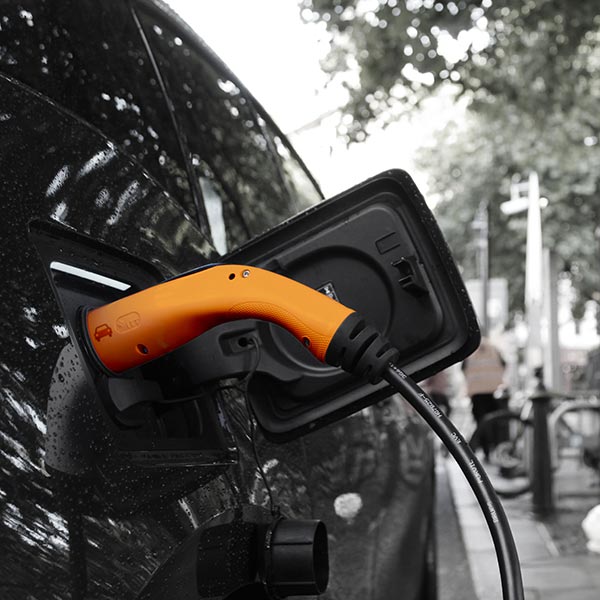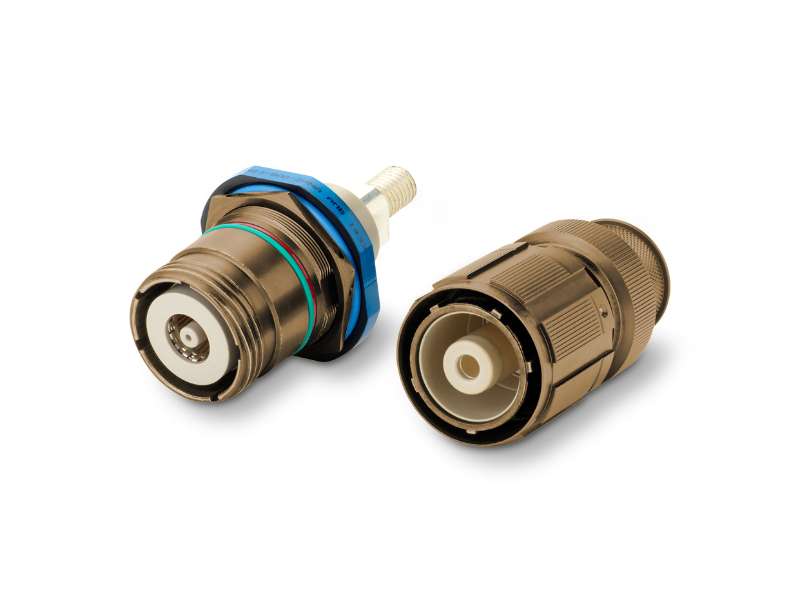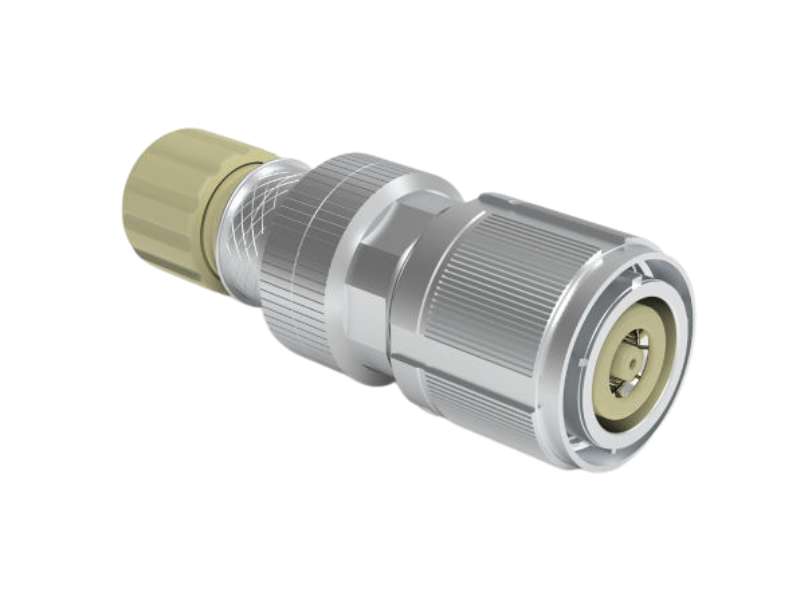In the world of automotive electronics, a revolutionary step is being taken to address the challenges faced by high-dynamic-range (HDR) imaging.
The spotlight is on the makers of complementary metal oxide semiconductor (CMOS) image sensors, who are grappling with the need for better flicker mitigation and enhanced low-light performance. The answer lies in implementing lateral overflow integration capacitor (LOFIC) technology within single-exposure LED flicker mitigation (LFM) sensors, an innovative solution that promises to optimise dynamic range and reduce image flicker.
The essence of CMOS image sensors lies in their ability to convert light into digital imagery, a process that has continuously evolved to meet the rising demands of technology, particularly for HDR capabilities. This need is driven by the challenge to capture clear images in scenes with varying brightness. However, existing HDR imaging techniques often struggle with consistent performance, especially in flicker mitigation and low-light conditions. This inconsistency is further exacerbated in the automotive sector, where flicker from LED traffic lights and signs presents a significant challenge, affecting the efficiency of driver-assistance and autonomous driving systems.
The industry’s goal is to not only achieve exemplary HDR performance but also maintain a high signal-to-noise ratio (SNR) over a wide range of illumination conditions. To this end, technologies such as dual conversion gain (DCG) and split-diode architecture have been explored. These methods, especially when combined with LOFIC, have shown promise in creating sensors with a dynamic range of around 100dB, ideal for automotive applications like in-vehicle cameras.
LOFIC technology is pivotal in realising a combination of low noise readout and high sensitivity operation. It allows sensors to store more signal electrons by collecting charge that overflows the photodiode, thus enhancing both dynamic range and signal-to-noise ratio. This technology, combined with OmniVision’s proprietary CMOS image sensor technologies, has led to the creation of the 2.1µm single-pixel TheiaCel LFM sensor. This innovative product is the first of its kind in the automotive industry, delivering high LFM dynamic range without compromising on image quality, making it a groundbreaking solution for capturing high-contrast scenes with optimum content and image quality.
Thousands of senior engineers and procurement professionals subscribe to our LinkedIn Market Intel newsletter – get yours here
For more help with looking at supply chain options, contact Astute Electronics







